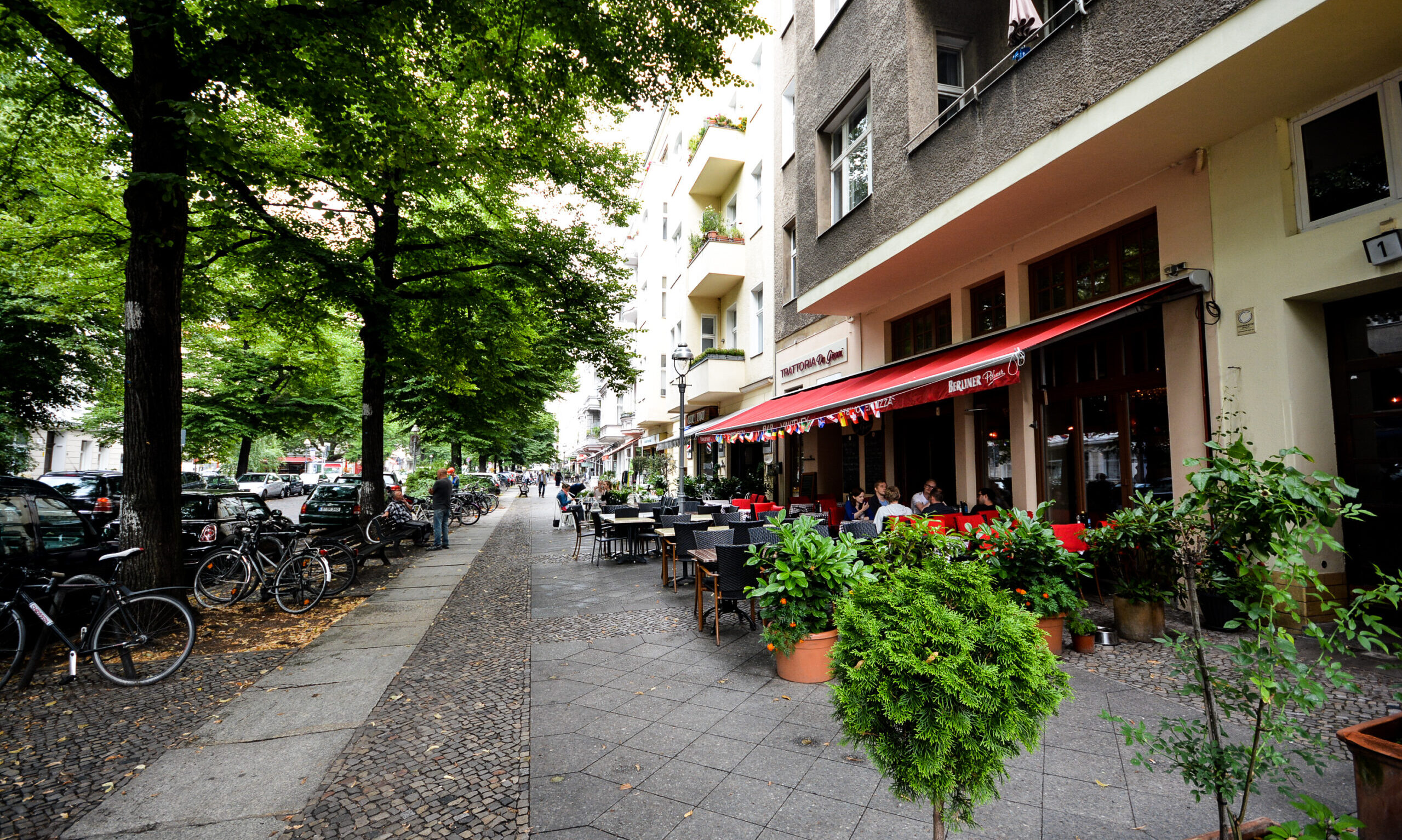The photo below is from October 2015, arriving back home after a road trip, Mama + Son Adventure to Mohonk Mountain House.
I love a good road trip, but back in those days, I also drove for everyday needs.
Everything.
Going to the park. Going to the store. Running any errands. Everything.

A few years later, I would be immersed in what I would call a ‘textbook 15-minute city’ in which I was able to walk for all my daily needs.
Those needs were not always exactly 15-minutes away.
In fact, our local grocer was a 1-minute walk away. My kids’ preschool a 12-minute walk and multiple services within that time frame.
As for many individuals living in well-planned urban areas, multiple services and amenities were within a 15-minute walk (often much less).
I observe that some critics of these ‘chronourbanism’ concepts forget (or deliberately ignore) these realities and narratives.
- Proximity planning is not proposed as a ‘one size fits all’ idea nor is it anything new.
- If you are upset with people assuming that all people walk at the same rate (of course, they don’t), where is your energy to criticize online maps and direction services, or literally anyone who,o when you ask for directions somewhere, provides a time estimate?
- Variations of the concept exist to help people have more practical, local based lives (see 20-minute neighbourhood concept planned by the City of Portland, as well as the Government of Scotland
Planning for diverse amenities and services within a 15-minute walk doesn’t mean everything is exactly 15 minutes for everyone, but that there
Is a rich diversity of options within that time span.
It’s peculiar to me when critics of such an idea don’t even live a local walkable lifestyle themselves and argue against a concept that would encourage a move away from long commutes for literally everything and the opportunity for more local based lives.
And as is quite obvious, ultimately some people would thrive more with a hyper-local 5-minute ‘urban village’ lifestyle, and others are happier / capable with a greater span and space (not to mention the reality of some people preferring to live at a metropolitan scale).
Thoughtful promotion and development of these concepts in urban planning should be inclusive at heart, and living examples of communities that have done this, due to decades of common-sense planning, exist.
I actually spent a good portion of my last three years in Warsaw living a 5-minute neighbourhood lifestyle
However I deeply value a well-planned community with the essence of a 10-15 minute city or neighbourhood, with a level of practical and enjoyable local urban life that many people these days are lacking.

